What it’s really like when it is your job to protect animals—three women share their fascinating stories
They are the environmental saviors our endangered animals rely on—meet the women who spend their lives protecting the UK's badgers, red squirrels and butterflies
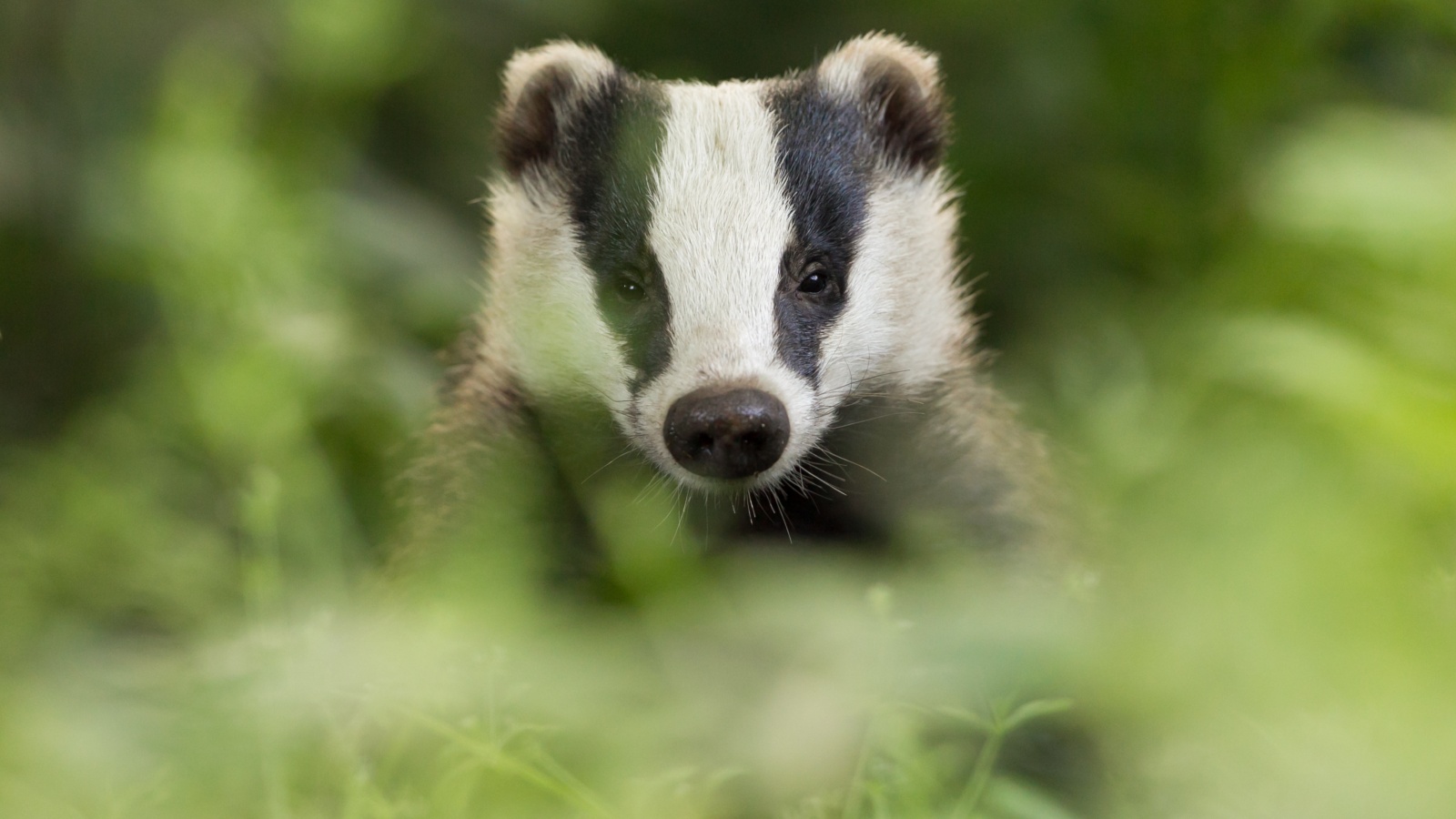
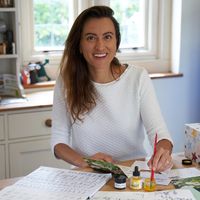

Working with animals can be rewarding, amazing, and life-enhancing. But what is it really like when your 9-5 is spent saving endangered species? We spoke to three women to find out.
<p><em>Our Amazing Women series explores the lives of everyday women— our sisters, daughters, mothers and friends—and pays tribute to the amazing ways they engage in and benefit their community.The founder of Secret World Wildlife Rescue
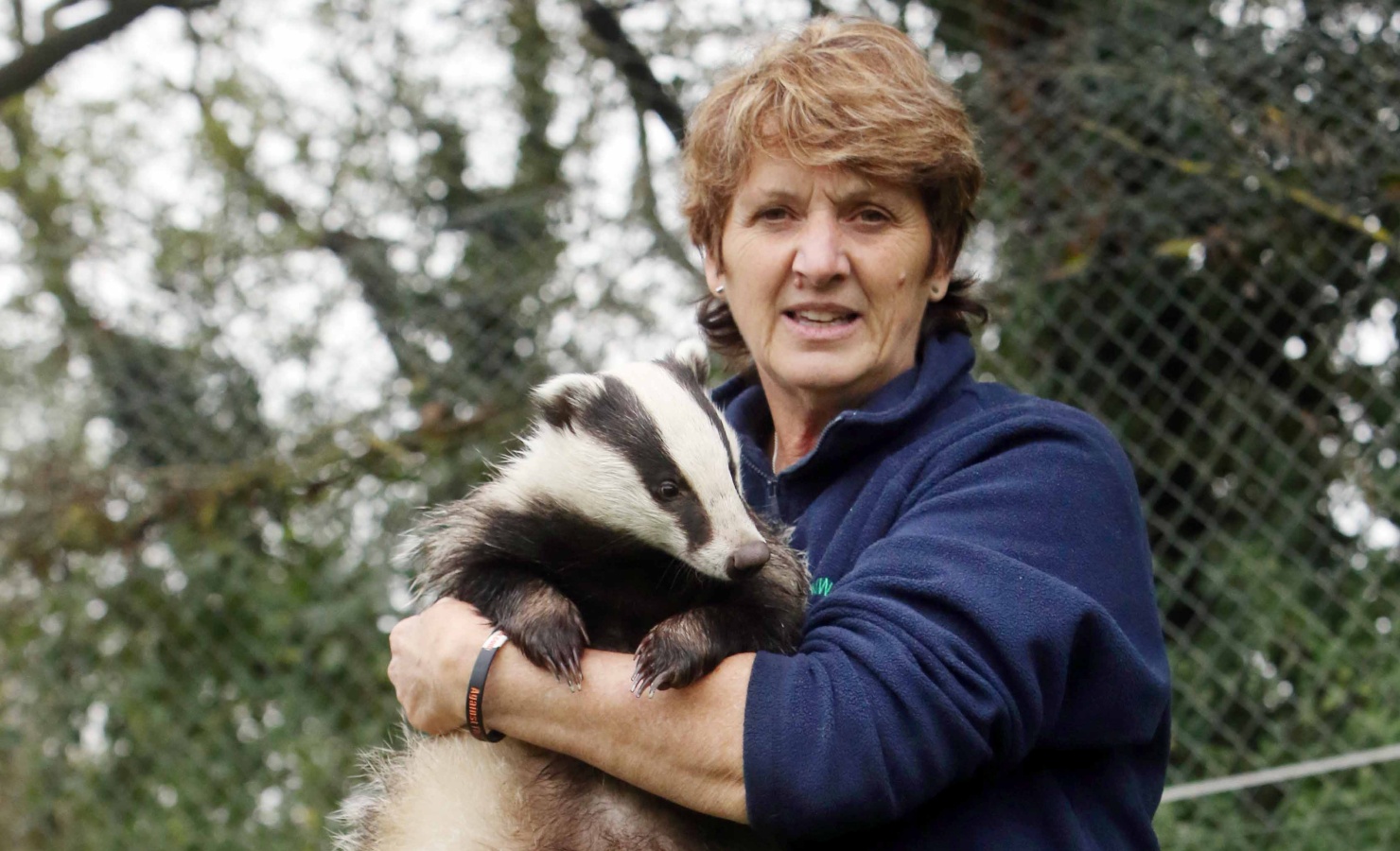
Pauline Kidner, 70, is the founder of Secret World Wildlife Rescue. She lives on a Somerset farm with husband Derek, 74.
I first realized I needed to do more than care for rescued wildlife in 1988. I’d been looking after a tawny owl in our farmhouse kitchen and was looking forward to watching him fly back to his natural habitat. As I released him, he flapped about and ended up in the pond—I knew then I needed large enclosures and aviaries, so animals could get back into top condition.
Derek had inherited our farm from his father, but the milk quotas of the 1980s made our dairy herd non-viable, so we decided to run an open farm tourist attraction. People came to see how a farm worked and this funded the animal sanctuary we set up in 1993. People would bring me injured or orphaned foxes, otters, swans and bats. Now, we care for 5,000 wildlife casualties and orphans every year. But my name will always be synonymous with badgers.
I can’t rest until badgers are safe from politics
One of the oldest mammals in our countryside, they have been maligned for centuries. Along with many other farmers, we oppose culling badgers as a means of reducing this terrible disease in cattle. The Randomised Badger Culling Trial that began in 1997 was the largest Bovine TB experiment in the world, meant to establish if culling badgers played a part in controlling Bovine TB in cattle. However, in the years since, no method of culling badgers has proved successful and evidence shows the primary spread of TB is cow-to-cow, accounting for 86% of cases. Despite this, the culling continues.
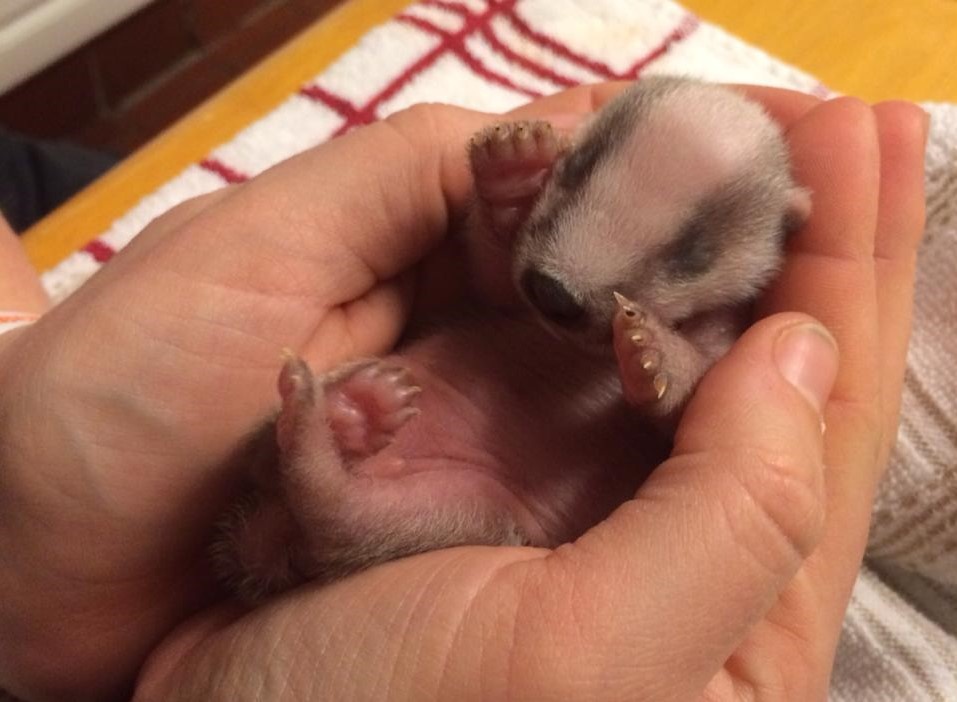
Rescued badger cubs are tested for TB at Pauline's centre
In 2001, I was invited by Defra, the Department for Environment, Food and Rural Affairs, to speak in front of the RSPCA, National Farmers’ Union and the Beef Association, who wanted to stop badger rehabilitation programmes like ours. We were the first rescue centre to test badger cubs for TB and our rehabilitation programme created new family groups in carefully selected new areas. They were shocked when I told them what we did. Cubs were brought to us from all over the country as so few sanctuaries would take them in, and we ensured every animal had the best chance of survival.
This led to my co-authoring the 2001 Badger Rehabilitation Protocol with Defra and the Badger Trust. It is still quoted in Parliament and encouraged confidence in the care of badgers in wildlife centres and by farmers, landowners and vets. Everything in wildlife is necessary and removing anything affects everything. Humans are a badger’s main predator and a third of the population has been shot or cage-trapped in the last few years. The only thing we should be doing for wild animals is helping when human interaction has caused the problem.
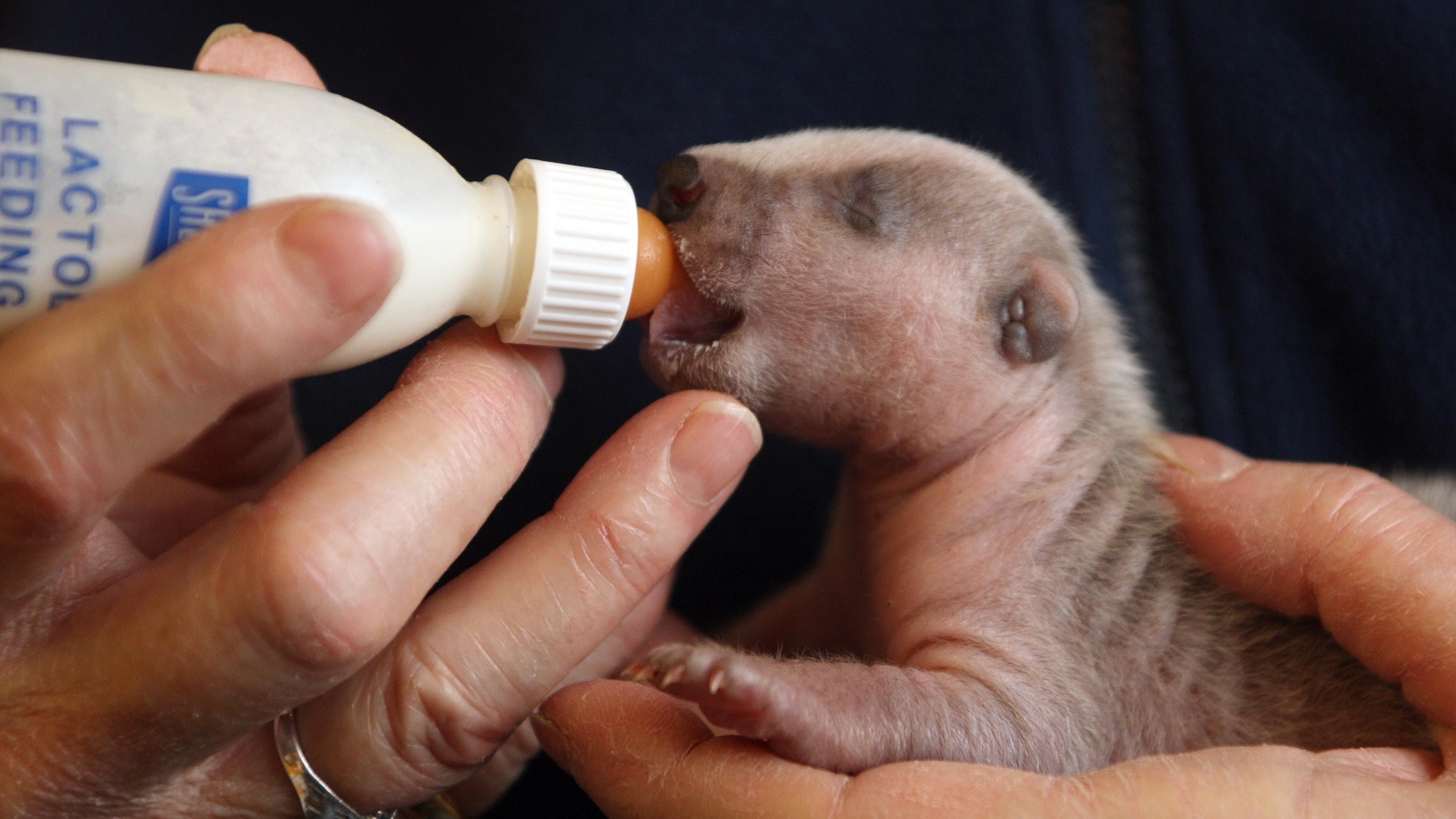
Pauline makes sure every animal has the best chance of survival
We rescue adult badgers after road traffic accidents and put elderly adult badgers to sleep if they’re severely injured from territorial fights. Sometimes, returning them to the wild would only sentence them to another battle.
Sign up to our free daily email for the latest royal and entertainment news, interesting opinion, expert advice on styling and beauty trends, and no-nonsense guides to the health and wellness questions you want answered.
It is only through education that we can make people aware how fragile British wildlife is. We built an educational barn and give talks to schools and the public about environmental topics. We offer a programme for vets, as during six years of veterinary school, minimal time is given to wildlife education. Although the pandemic forced us online, people all over the world can now take our courses.
I said I’d retire when I was 70 but I can’t rest until badgers are safe from politics. In Wales, a badger vaccination programme and better cattle control strategies have reduced incidences of TB and I hope our government takes notice. It’s my hope that I have inspired children, the public, vets and other sanctuaries to commit to responsible, kind wildlife work.
✢ Secret World is raising funds for a new treatment centre. To support them, visit secretworld.org
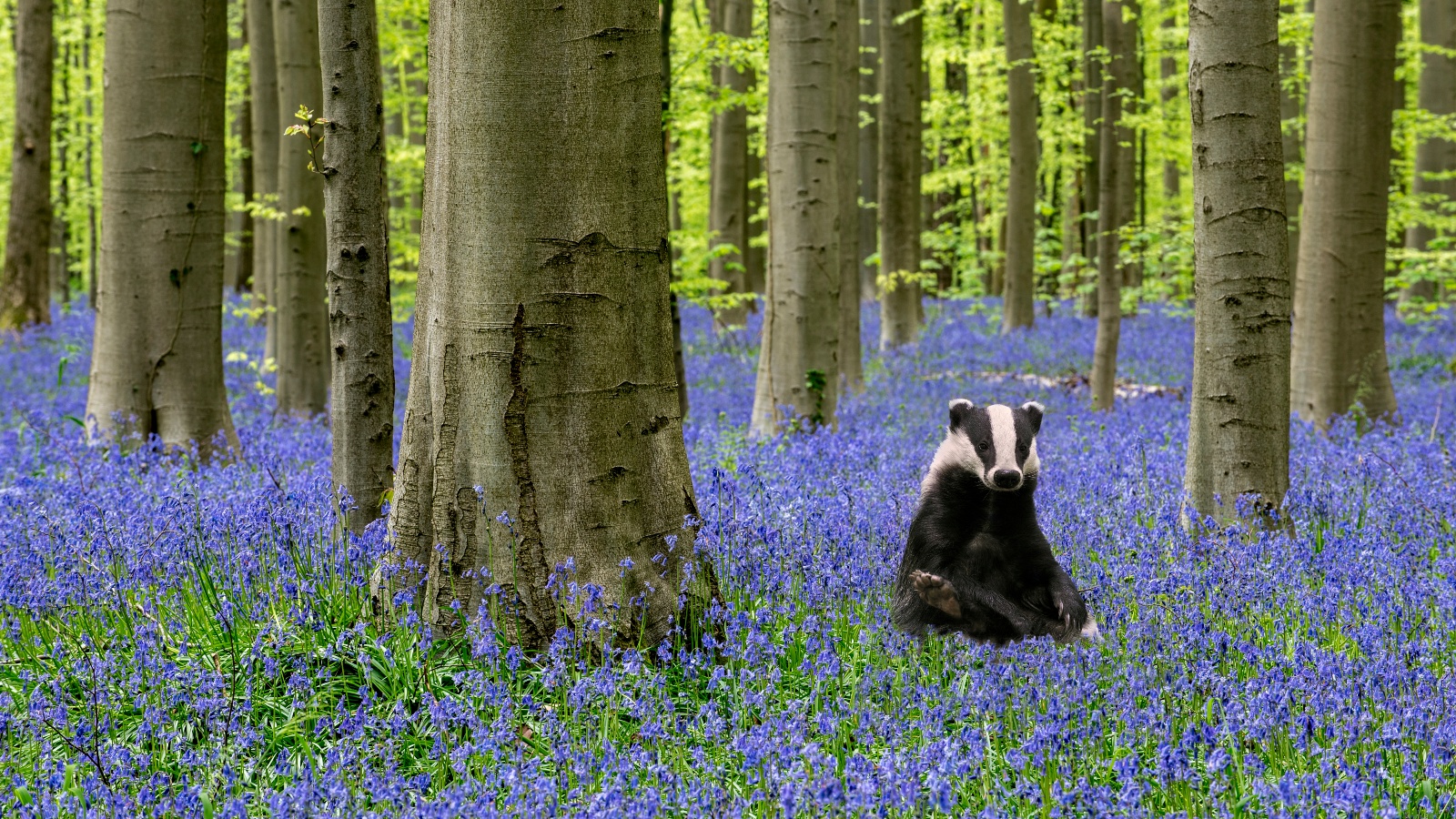
Sadly, not every rescued badger is well enough to be returned to the wild
The senior conservation officer for The Wildlife Trust
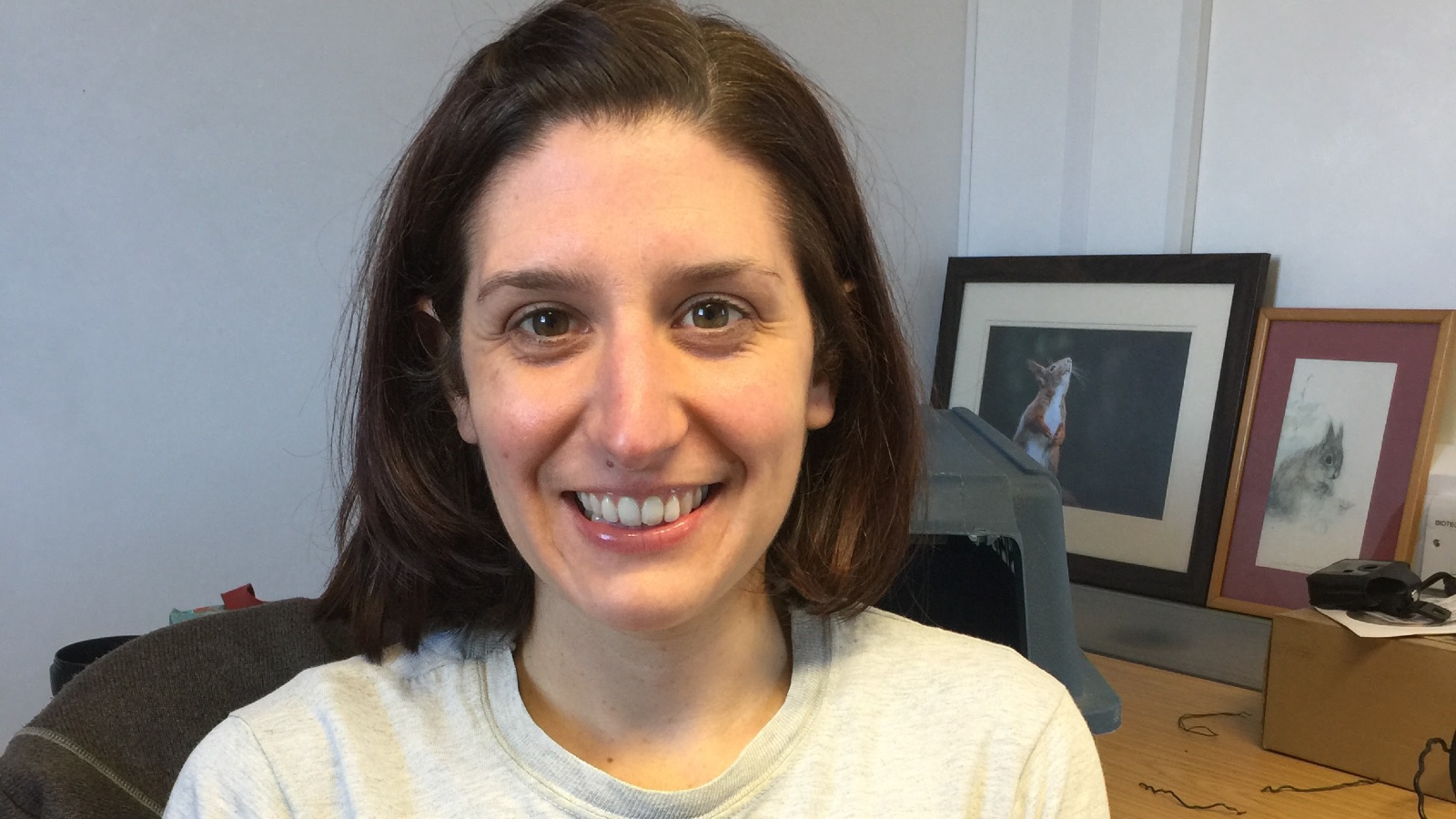
Rachel joined Lancashire Wildlife Trust in 2012 as a red squirrel field officer
Rachel Cripps, 37, is senior conservation officer for The Wildlife Trust for Lancashire, Manchester and North Merseyside. She lives in Liverpool with husband Matt, 36, dogs, Max and Reed, and chickens, Peggy, Penny and Big Pat.
During a study break in Formby, Merseyside, I remember telling a friend that the area was a stronghold for red squirrels. I was studying Zoology at the time and was sad to think a recent squirrel pox outbreak meant the local population was in decline. ‘Wouldn’t it be amazing if one day, I was back here working with red squirrels?’ I said. A few years later, that dream came true. After a Master's in Ecology, I joined Lancashire Wildlife Trust in 2012 as a red squirrel field officer, before becoming senior conservation officer last year.
I’ve hand-reared many orphans—sometimes they are so tiny their eyes are still closed and they need night feeds
Red squirrel field officer was the best job title for the best job. There’s no better sight than a red squirrel with full ear tufts blowing in the wind. They are agile acrobats and when storing food for winter, they tear it into strips and hang it to dry over branches so it doesn’t rot. Reds are native, whereas the grey squirrel was introduced from North America, brought over as an ornamental species for Victorian estates. Since then, reds have been fighting for survival.
Greys out-compete reds, eating food sources before they are ripe so there’s nothing left for reds. This competition has caused a gradual decline in the red population. But when greys carry squirrel pox, the decline is up to 25 times faster. There’s no vaccine, so all we can do to help is create grey-free habitats.
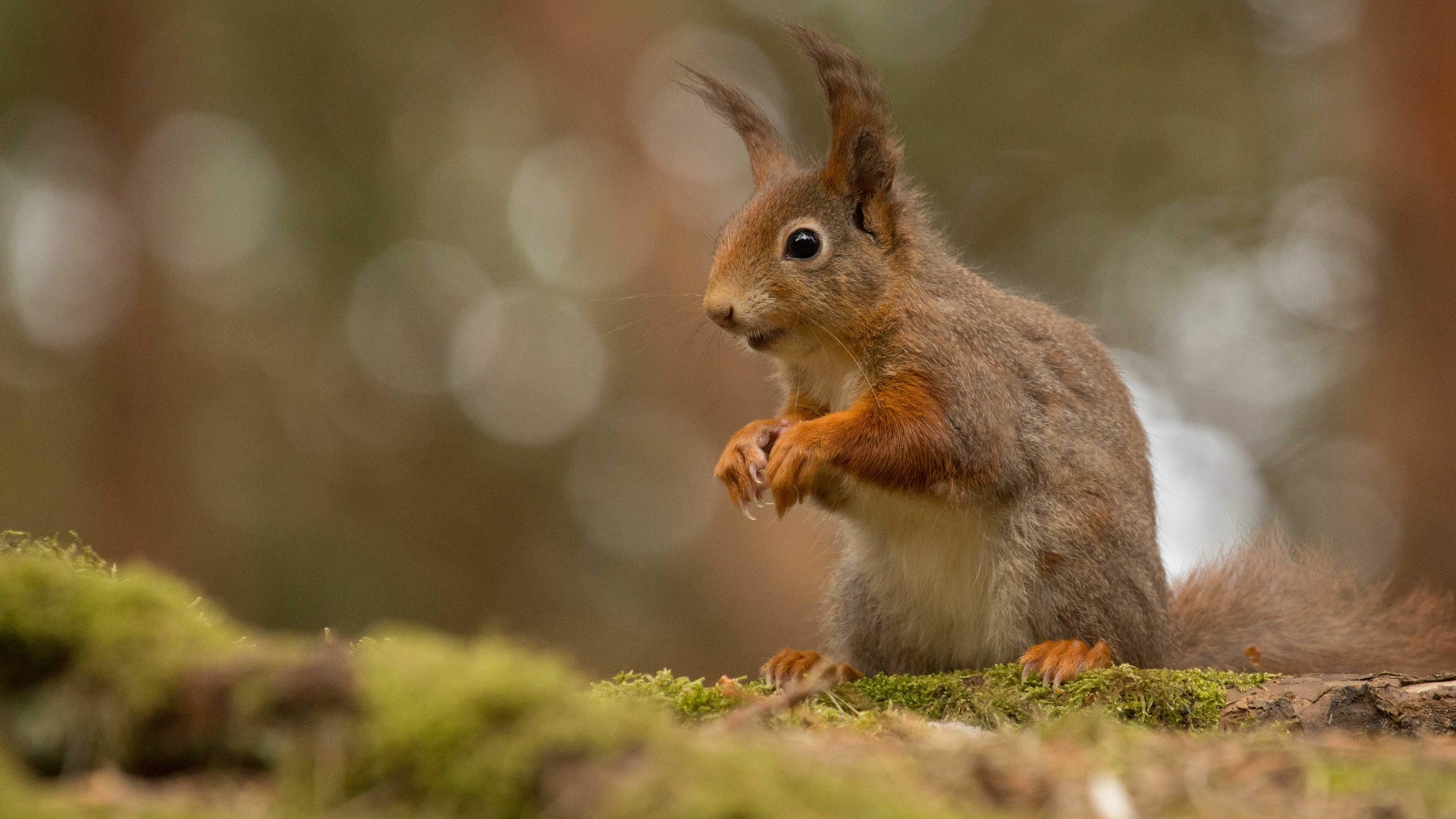
'There’s no better sight than a red squirrel with full ear tufts blowing in the wind,' says Rachel
While reds and greys are both seed dispersers, greys have a detrimental impact on habitat. They strip trees, which can kill them or leave them vulnerable to fungal infection, and they take songbird chicks from nests. There are three million greys in the UK. If we were to rehome every individual we would cause further ecological problems, which is why we have to cull them.
The red squirrel stronghold here stretches from North Merseyside to West Lancashire, across 142 woodlands owned by the National Trust, Natural England and private landowners. My job involves coordinating, surveying and organizing grey squirrel control, as well as woodland management. We’ve tracked red squirrels through two pox outbreaks, one in 2007 which wiped out 80%, and one in 2018 wiping out over 50%.
I’ve hand-reared many orphans—sometimes they are so tiny their eyes are still closed and they need night feeds.
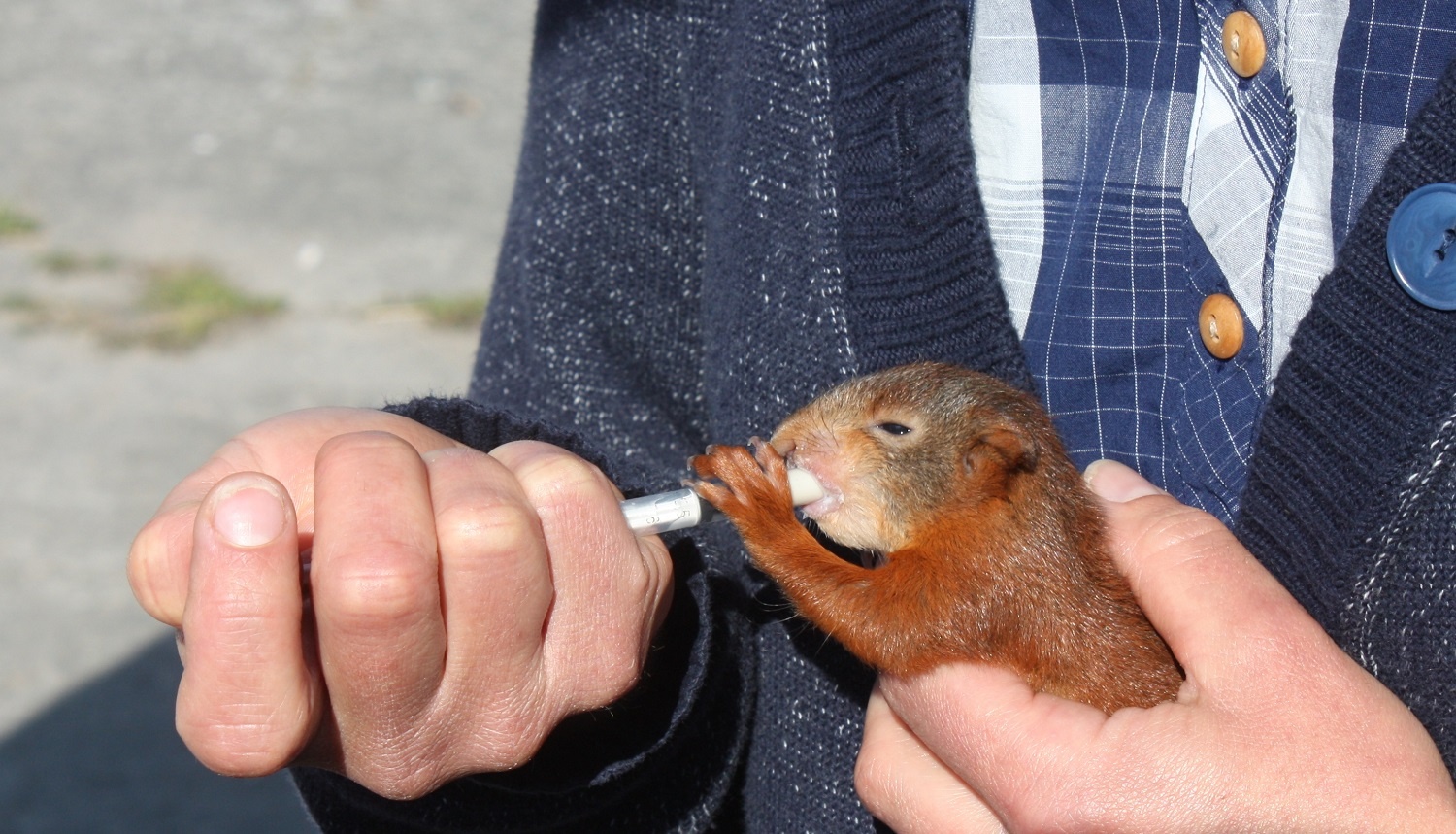
Rachel has had to do many night feeds for the baby red squirrels in her care
We have soft-release zones, where young squirrels spend a few weeks getting used to their environment and cameras monitor their progress. When there’s a pox outbreak, squirrels die in their dreys or the undergrowth, which makes finding the carcasses difficult. If we can find and remove them, it reduces the risk of the virus spreading.
Our latest survey method is Max, my German Shepherd. Max was a sniffer dog and when we adopted him I trained him as a squirrel pox detection dog and he loves it. He gets to run around the woods and he’s very good at it. Like Max, I’m lucky to have a job I enjoy, although I always feel I could do more because I know how much more needs to be done. In our area, the red squirrel population is going strong and that’s down to the incredible team effort of my colleagues and all our volunteers.
✢ Support The Wildlife Trusts ‘30 by 30’ campaign (raising £30 million for nature recovery by 2030). Visit wildlifetrusts. org/30-30-30 For more about red squirrels at lancswt.org.uk/redsquirrels
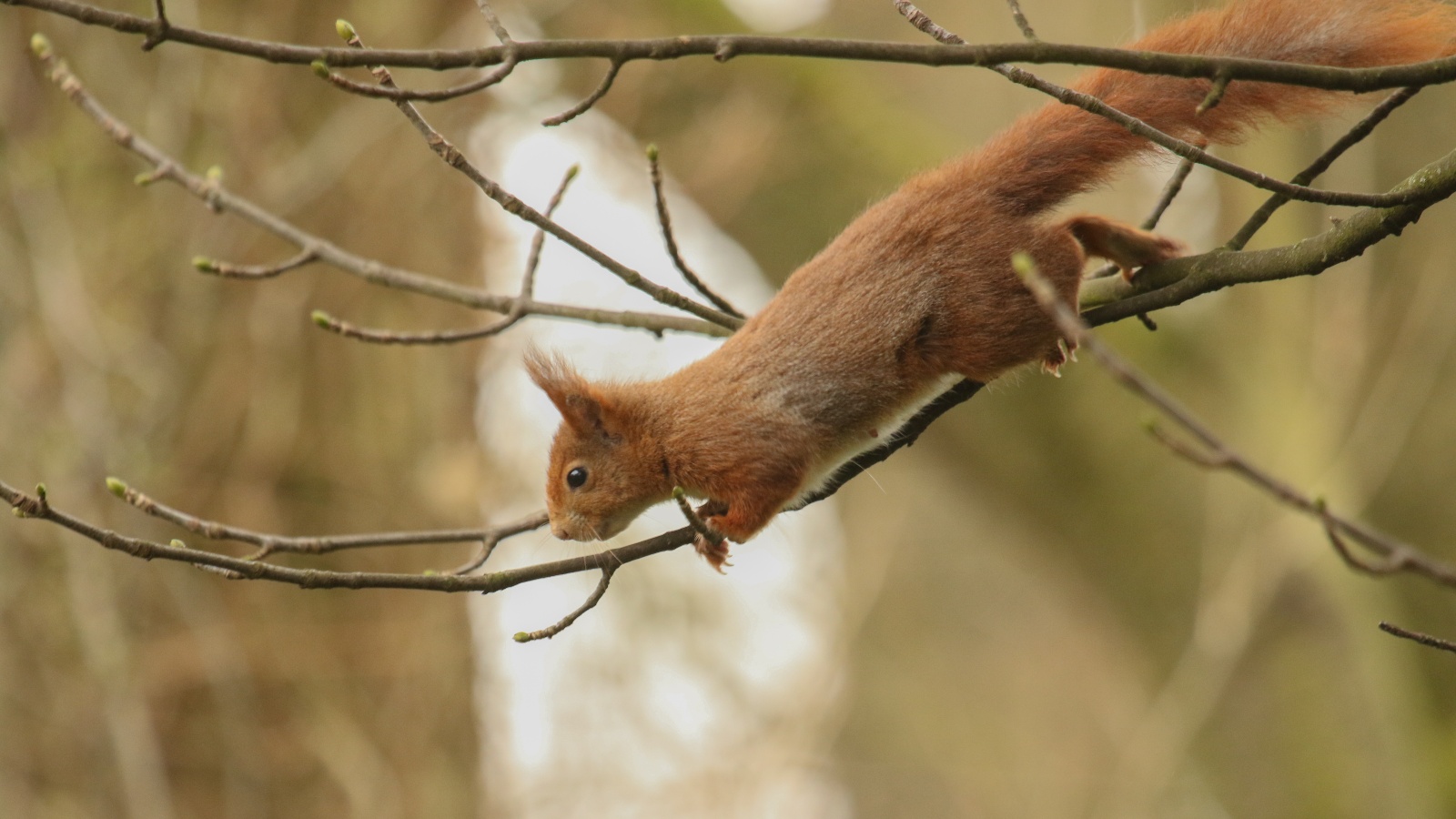
In Formby, the red squirrel population is going strong
More from woman&home:
- What it’s really like to be a female police officer—3 women share their stories
- Could you live without plastic for an entire month? One woman reveals how her plastic-free journey went
- What it's really like to launch a home-delivery business—3 entrepreneurs share their stories
The senior conservation manager at Butterfly Conservation
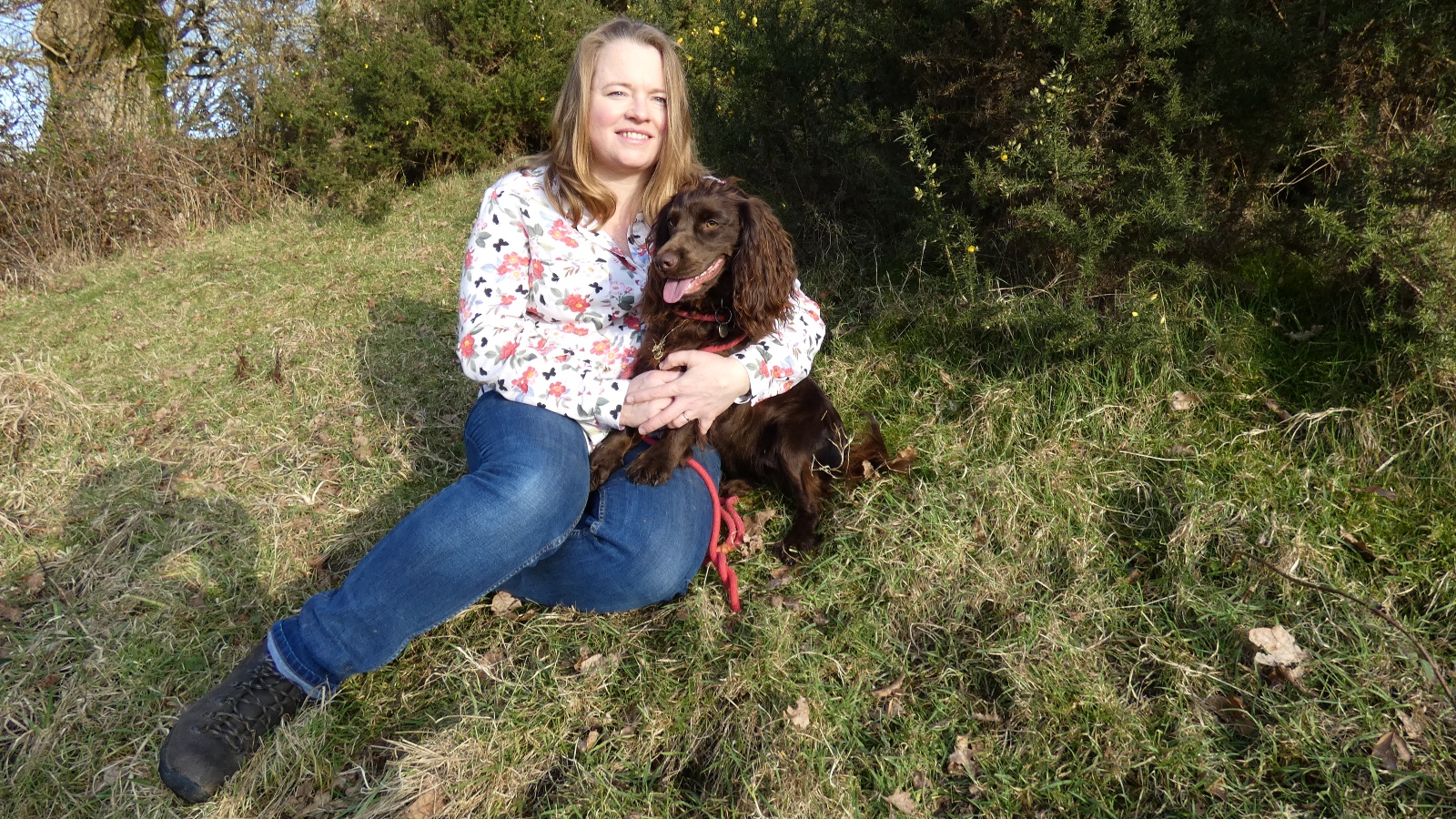
Caroline with her dog, Pixie
Dr Caroline Bulman, 47, is senior conservation manager at Butterfly Conservation. She lives in Dorset with husband Ed, 52, and sons, Samuel, 11, and Jasper, nine.
At the first sighting of an Orange Tip butterfly in the spring, I smile. They symbolize hope, new beginnings and awakenings after winter. I have been fascinated by butterflies since I was a child, gathering Small Tortoiseshell caterpillars in our garden and watching them grow, pupate and emerge as butterflies. My passion never waned – I went on to study for a Master's in Ecology, then focused on the Marsh Fritillary for my PhD.
We are not separate to nature, we are part of it
Butterflies and moths are not just beautiful, they are a food source for many birds and mammals, have a key role in pollination and are a vitally important indicator of the health of the natural world. They show us how the impact of humans, including farming methods and land management, are affecting nature. Butterflies are easy to identify and record, and they’re lovely to watch. But, they are in trouble. Of the 59 species in the UK, 76% have declined during the last 40 years. Five species have become extinct in the last 150 years, due to human intervention, development, changes and destruction to habitat, pesticides, chemicals and climate change.
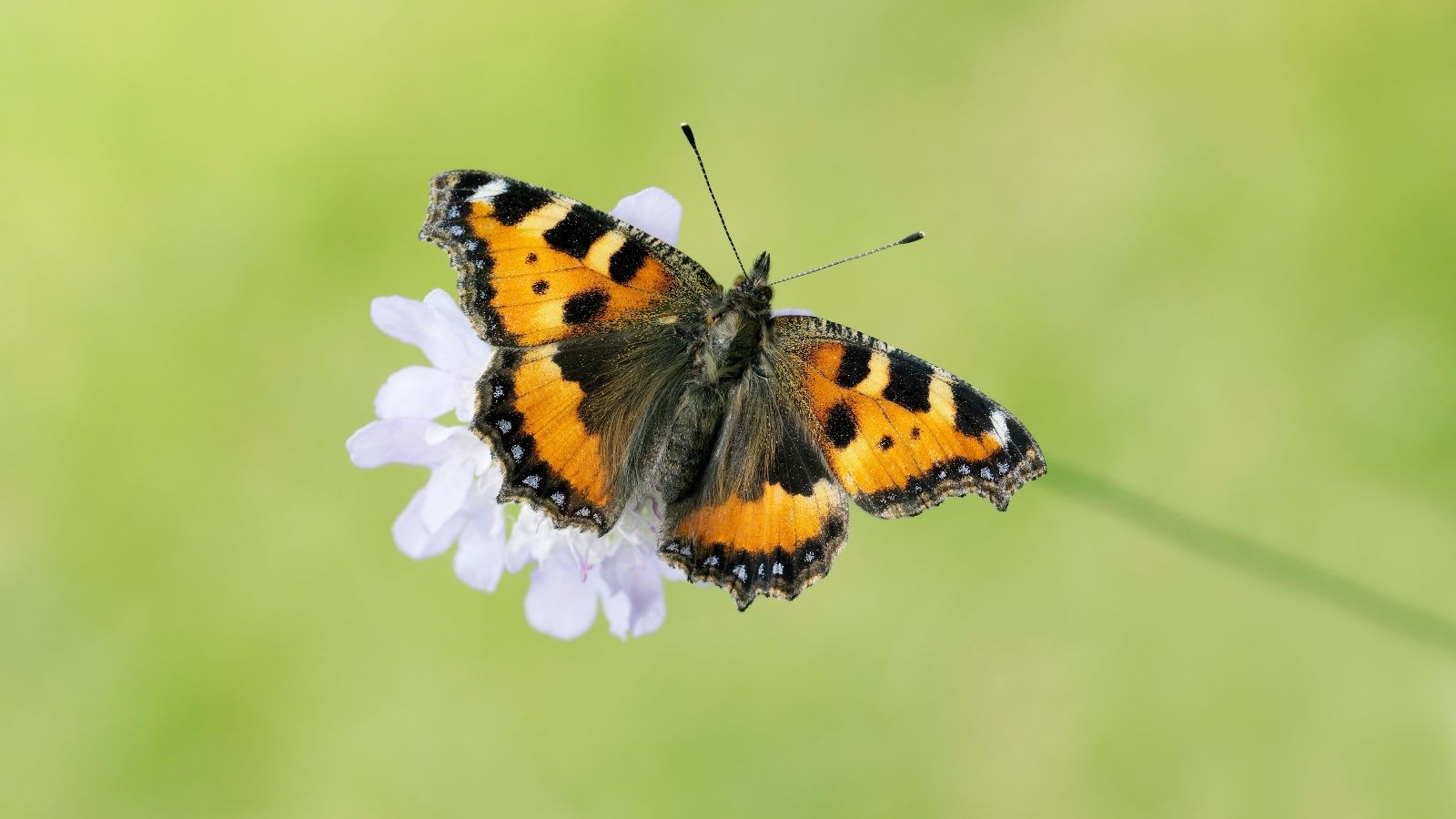
It was the caterpillar of the Small Tortoiseshell butterfly that helped inspire Caroline to enter the field of conservation
At Butterfly Conservation, we prioritise butterflies and moths threatened with extinction. To conserve butterfly species, such as the Marsh Fritillary and Duke of Burgundy, as well as moths like the Lunar Yellow Underwing and Fiery Clearwing, we need to understand why they’re in decline. That involves recording, monitoring and research. Then, we need to work with landowners, farmers and conservation groups to change the way land is managed for the benefit of butterflies and moths.
A wide variety of habitats is needed for a range of species with different ecological needs. There’s a huge amount individuals can do. If you have a garden, planting native wildflowers provides a nectar source for butterflies, moths, bees and other insects. During winter many hibernate in dead leaves, ivy and bark, so leaving those areas untouched helps insects over-winter successfully. Nettles and ivy are two host plants for butterflies and moths, so it pays not to be too tidy! Avoid peat, chemicals and artificial grass and let daisies and dandelions grow.
It’s been amazing to spend the last 20 years working for Butterfly Conservation, putting into practice the theory and science of conserving butterflies and moths. I’ve been lucky enough to be involved in many projects, including the reintroduction of the Chequered Skipper in Rockingham Forest in May 2019, after it became extinct in England in 1976.
Sadly, moths get a bad press. In the UK, there are 2,500 species with no interest in our clothes. Only the caterpillars of the Common Clothes Moth eat natural animal fibres such as wool. To avoid holes, keep woolen items clean and stored in boxes.
I now watch the life cycle of the butterfly with my children and hope they grow up to love, value and care for our natural world. During lockdown, people appreciated their local environment and I hope they’ll remember how our amazing wildlife got us through 2020. Now, we’ve got to do our best to conserve it. We are not separate to nature, we are part of it.
✢ Join the Big Butterfly Count, starting 16 July. Visit butterflyconservation.org
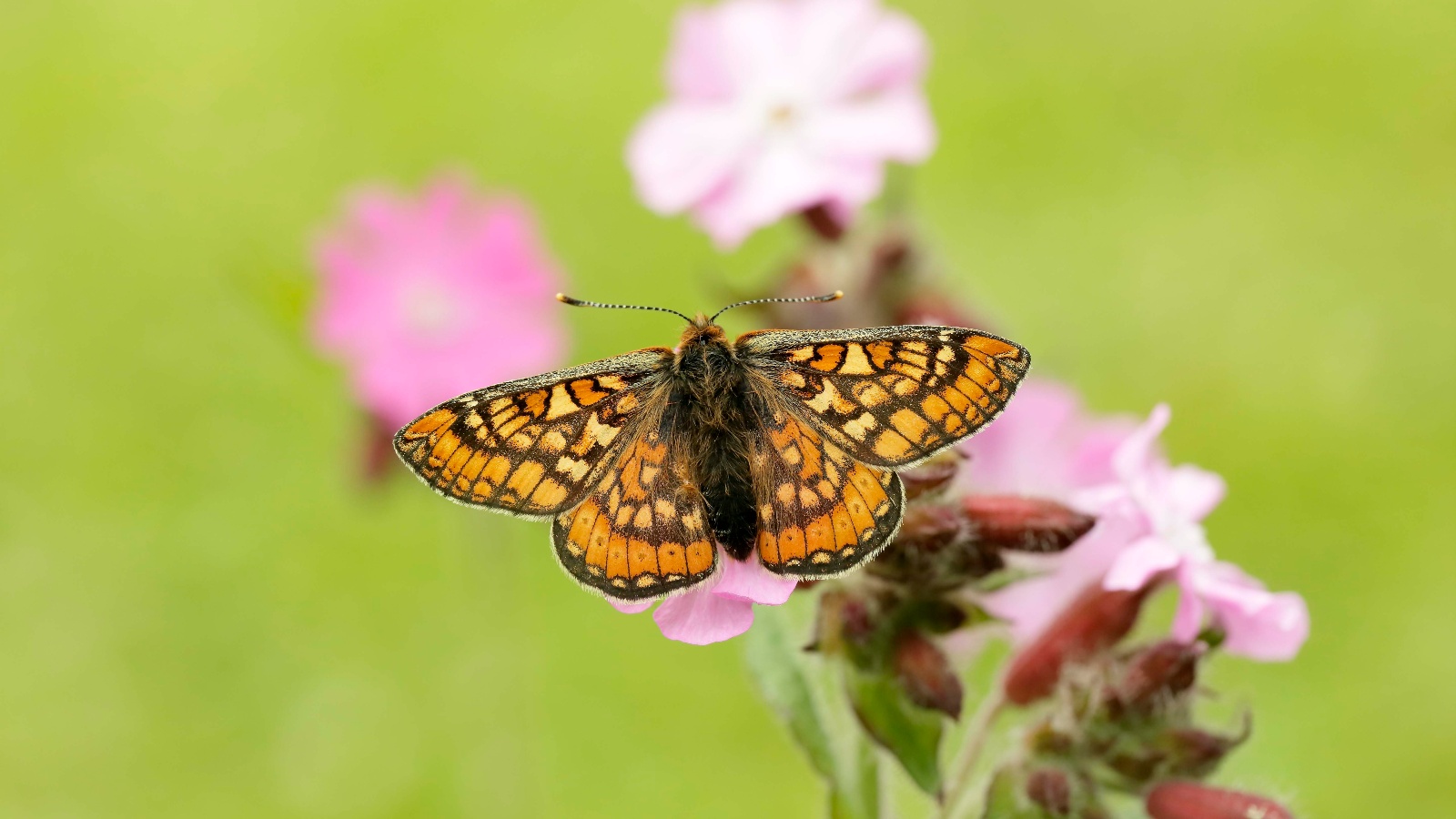
Caroline focused on the Marsh Fritillary butterfly for her PhD
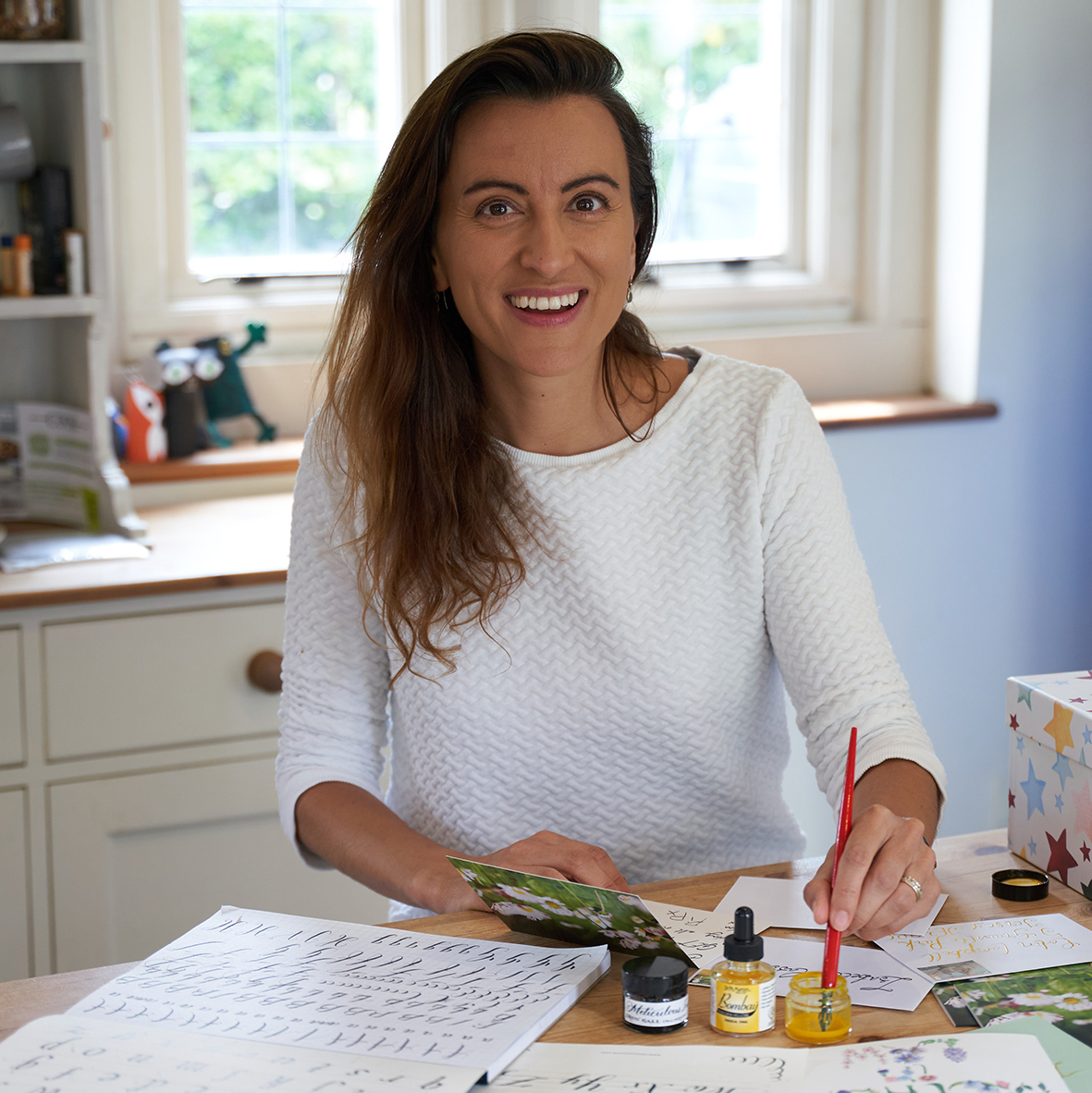
Kim has been writing about the incredible lives and adventures of amazing women and brave children (and, occasionally, men too!) for nearly 20 years. A freelance writer who has written for all the best women’s magazines, Kim specialises in covering women’s health, fitness, travel, family, relationships and business themed stories. She counts herself very lucky to have written about so many interesting people over the years.